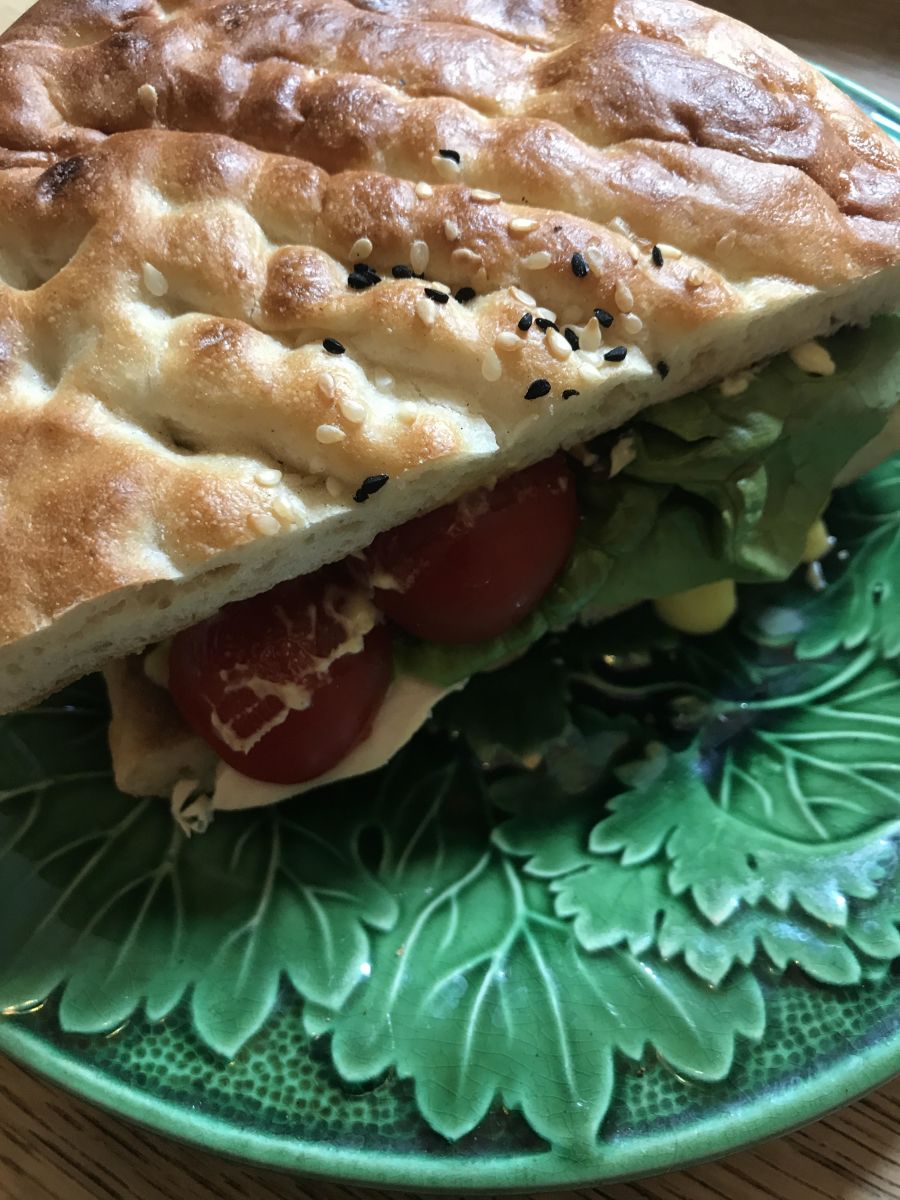Planning good eating habits will help to make your remote office a happier place. By Sophie Morris

It has taken a decade of working from home, but my body and my brain finally accept that, like a dog or a child, I need a walk after lunch. Without one, I will eat more and waste time online. The walk helps to aid digestion, gives me energy, vitamin D and a new perspective to take back to my desk. If I can work an errand into the stroll, there is the bonus of self-satisfaction. Of course, there are days when I read a magazine and eat a pack of biscuits, but a decent lunch followed by a short walk is the rule.
The post-lunch lull is a feeling familiar to most office workers. You ate lunch, quickly. Back at your desk, your brain is a fuzz of tuna mayo baguette or Pret a Manger macaroni cheese. Somehow, the food you ate to give you the energy to survive the afternoon has instead rendered you slothlike. Your lethargic claws scratch at the keypad as you gaze across the office, searching for the energy to get up and walk to the printer. Your saviour, and the only way you will be able to run your 3pm meeting without falling asleep on your feet becomes apparent: coffee and three cookies.
If you have experienced these symptoms and are now working from home, let me introduce you to Working From Home: Winter Version. You eat four slices of toast with your soup, two while you’re heating the soup and two dunked into it. But you didn’t notice eating anything because you were simultaneously checking last month’s numbers and answering direct message queries.
There is leftover crumble in the fridge, so you slam that in the microwave and burn your mouth eating it. Despite all the food, you are cold because you don’t want to run the heating all day. You climb into bed with your laptop to work on a presentation. A phone call from school wakes you up. You’ve missed picking up your child.
A recent survey by Slimming World found that during lockdown, two in three adults (65 per cent) had difficulty managing their weight. Meanwhile, more than half of respondents (53 per cent) to a poll for the Commons Women and Equalities Committee said lockdown had made them feel worse about their bodies. As a winter of working from home beckons for many, the challenges will persist.
There are so many ways to lose and waste time when working from home, and eating poorly is a prime productivity killer. As a nation we are known for eating “al desko”, but at home the drawbacks of not taking a break intensify. You have already done less activity than any commuter. The option to make yourself a healthy and interesting lunch is there, but so is the leftover pizza.
When journalist Rebecca Seal was researching her new book Solo: How to Work Alone (And Not Lose Your Mind), she found that many solo workers were desperate for advice on how to make quick but interesting meals (not toast or cereal) and how not to overeat.
As a food writer and long-time home worker, she was easily able to respond. Seal found that most home workers do not take proper breaks, even though employed British workers are entitled to a minimum of 20 minutes for any shift. The irony is that not making time to rest and eat kneecaps your productivity. “There is something very grounding and centring about the process of chopping, slicing and assembling, and it’s a great way to give yourself the kind of break where your body and brain are absorbed in something else,” she writes. “But I think it also demonstrates a level of respect for yourself that slamming something in a plastic tray into the microwave doesn’t quite reach.”
Time and money operate differently when you are working from home. Stress about these two factors can fire the hormone cortisol and lead to hunger, especially for sugar and fat, but we need a variety of nutrients to keep our blood sugar steady and our brain and gut happy. It’s fine to treat yourself when you really need to, but giving in to this behaviour frequently will lead to weight gain and its many associated illnesses.
I still battle with biscuits and use date and oat-based energy balls or rice cakes smeared in peanut butter or tahini as substitutes. I had never thought of Seal’s now-obvious suggestion - she has similar biscuit issues - of keeping them in the freezer. My other favourite tip of hers is to imagine an employer saying that you are not entitled to a meal break. “You’d be incensed,” writes Seal. “We shouldn’t do that to ourselves.”
‘Solo (How to Work From Home and Not Lose Your Mind)’ is out now (Souvenir Press, £14.99)
Solo lunching Rebecca Seal’s top tips
Don’t prepare everything from scratch. Add fresh ingredients to ready-made, such as salad leaves, cucumber, fennel or radish to a fish finger sandwich.
Keep long-lasting vegetables in the fridge like fennel, sweetheart cabbage, cucumber, carrots, endive or chicory, green beans, broccoli. Then add a hit of fresh, raw or lightly cooked veg to meals, even if the bulk is from a tin or jar.
Chuck in a handful of frozen vegetables (eg: peas to pasta pesto or spinach to poached egg on toast) to raise the nutritional profile of the meal and add fibre.
Use big flavours such as chillies, capers, strong cheese, anchovies, garlic and ginger.
Extra ingredients ramp up nutrient levels. Try a pinch of ground almond in pasta sauces; peanuts, sesame seeds or eggs into Asian-style noodles, pumpkin seeds or nuts into salads.
Batch-cook pasta bakes, curries, fish cakes,. soups - even baked potatoes.